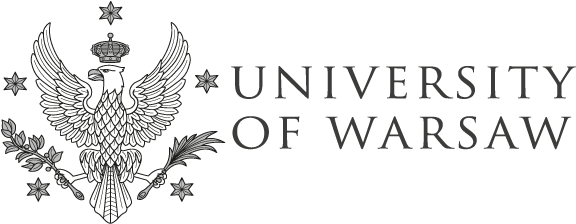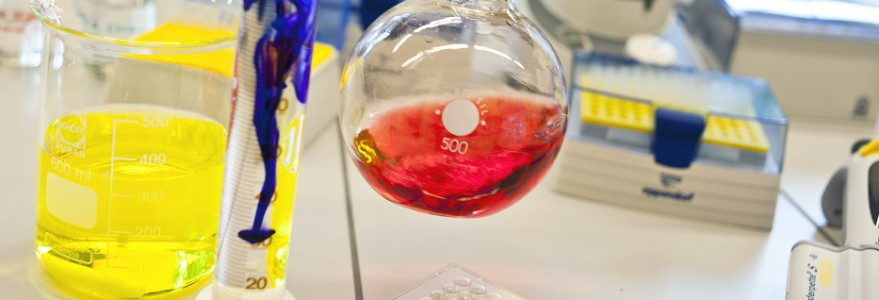A new mechanism to increase the effectiveness of mRNA-based therapeutics is described in the latest issue of “Nature”. The co-authors of the article are scientists from the University of Warsaw.
“mRNA vaccines played a key role in controlling the spread of the pandemic. We know they are safe, but the processes of mRNA metabolism in the cell are still not fully understood, which limits the possibilities of improving vaccines and RNA-based therapies,” says one of the lead authors of the study, Prof. Andrzej Dziembowski from the UW’s Faculty of Biology and the RNA Biology Laboratory at the International Institute of Molecular and Cell Biology in Warsaw (IIMCB).
“The mRNA itself is an exceptionally unstable molecule. This does not affect the safety of the therapy, but limits its effectiveness, for example, by shortening the duration of action. A particularly important role in the mRNA stability is played by its so-called poly(A) tail. In our research, we examined these limitations,” the scientist adds.
Under the direction of Prof. Dziembowski, the researchers analysed the preparations of Comirnaty and Spikevax, which were used during the COVID-19 pandemic. Both vaccines operate similarly: they contain mRNA molecules carrying instructions for the producing the S protein – it is this protein that is present on the surface of the SARS-CoV-2 coronavirus.
Extend the tail
“The mRNA present in vaccines works just like the natural mRNA from our cells. After intramuscular administration, the mRNA from the vaccine reaches the immune cells, which produce the S protein. Our body learns to recognise it. As a result, if we later encounter the real virus, our body will be ready to react and prevent the disease,” Prof. Seweryn Mroczek from the UW’s Faculty of Biology and IIMCB says.
At the end of each mRNA there is a poly(A) tail. It is essential for mRNA stability and efficient protein production.
“We decided to take a closer look at these tails. We wanted to understand how they change during the action of the vaccine,” Prof. Mroczek adds.
Until now, it was thought that the poly(A) tail of therapeutic mRNA molecules could only shorten. However, in the paper published in “Nature”, the scientists described – as the first in the world – the key role of the TENT5A enzyme in tail elongation.
“Extending the tail is like a flipping over an hourglass – it ‘buys’ extra time, allowing the mRNA to function significantly longer in the cells. The TENT5A enzyme is naturally present in certain cells of our body. Its role is to add building blocks to the mRNA’s poly(A) tail. We have demonstrated that TENT5 makes mRNA molecules more stable, enabling longer-lasting and more effective production of antigens – substances that trigger the body’s immune response,” says Paweł Krawczyk, PhD, from Prof. Andrzej Dziembowski’s research group, who was responsible for the computational methods during the study.
“Stabilisation of mRNA molecules by the TENT5A enzyme is a mechanism that has been poorly understood so far, yet it is universal. It holds enormous potential for medicine, as extensive research is currently underway into various applications of mRNA as therapeutics,” Prof. Andrzej Dziembowski says.
Macrophages – key to vaccine effectiveness
Scientists have also demonstrated that macrophages, the immune cells responsible for capturing and neutralising “intruders”, play the most important role in the action of mRNA vaccines. After vaccine administration, macrophages migrate to the injection site, take up mRNA carried in special lipid molecules, and then produce the antigen encoded in them.
“Already in the early stages of our research, we observed that the poly(A) tail is extended in macrophages, but at the time we did not realise how crucial these cells were. Over the course of the study, we showed that the lack of TENT5A in macrophages reduces the effectiveness of vaccines,” Prof. Seweryn Mroczek says.
Key findings described in “Nature”
- Therapeutic mRNAs are metabolised at different rates depending on the cell type.
- Macrophages are the main source of antigen encoded by mRNA vaccines after intramuscular administration.
- Therapeutic mRNA molecules are extended by TENT5A polymerase, which stabilises them and enhances the production of encoded antigen.
- TENT5A increases the immunogenicity of mRNA-based vaccines. This effect is not observed for preparations based on purified antigen. The absence of this enzyme has the effect of reducing the level of the immune response.
Innovative studies at the UW’s Faculty of Medicine
The results of the research described in “Nature” have inspired the creation of an innovative educational programme. In the 2025/2026 academic year, the Faculty of Medicine at the University of Warsaw is planning to launch a new second-cycle degree programme – Biological Therapeutics. Its co-developer is the International Institute of Molecular and Cell Biology in Warsaw. The degree will train future specialists in biotechnology, biological drugs and mRNA-based therapies.
Publication details
P.S. Krawczyk, M. Mazur, W. Orzeł et al., Re-adenylation by TENT5A enhances efficacy of SARS-CoV-2 mRNA vaccines, “Nature”: https://doi.org/10.1038/s41586-025-08842-1.



